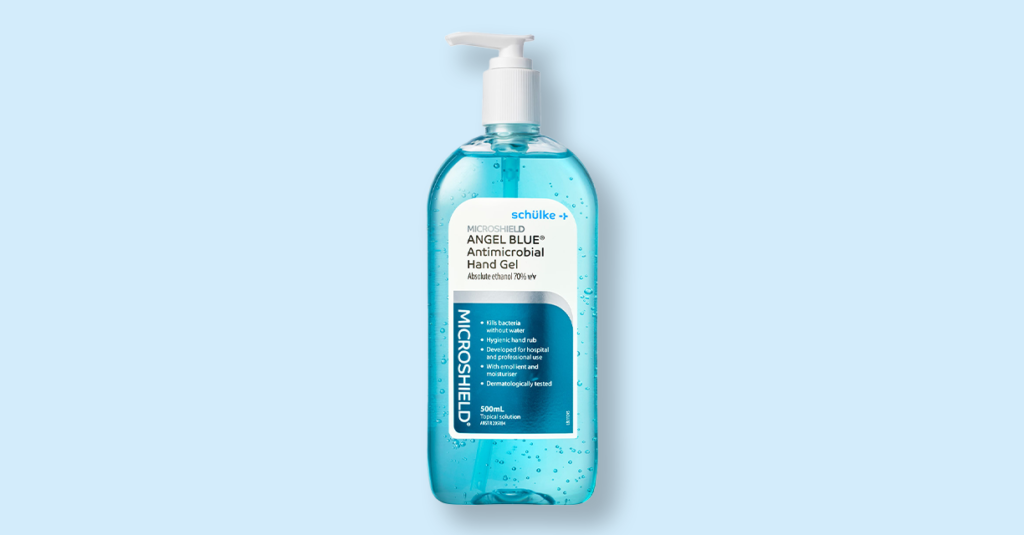In the bustling city-state of Singapore, where public health is paramount and personal hygiene plays a critical role, the use of hand sanitizers has become a staple for many. Hand sanitizers are more than just a convenience; they’ve proven their mettle in promoting public health, especially in densely populated areas.
Understanding Active vs. Inactive Ingredients
Before diving into the specific ingredients, it’s essential to differentiate between active and inactive ingredients in hand sanitizers. Active ingredients are responsible for the sanitizer’s primary function: killing germs. Inactive ingredients, on the other hand, are additives that often serve to improve the product’s texture, scent, or moisturizing capability.
Top Active Ingredients in Effective Hand Sanitizers
Alcohol-based ingredients:
Ethanol (ethyl alcohol) and Isopropanol (isopropyl alcohol): These are the giants when it comes to hand sanitizers. When present in the right concentration (typically between 60% and 70%), they can effectively kill a broad spectrum of pathogens. These alcohols break down the outer layers of bacteria and viruses, rendering them harmless.
Non-alcohol-based ingredients:
Benzalkonium chloride: A common alternative to alcohol, especially for those who prefer a non-alcohol-based product. While effective, it might not have the broad-spectrum killing power of its alcohol counterparts.

Beneficial Inactive Ingredients
Hand sanitizers aren’t just about germ-killing. They should also be gentle on the skin, especially given Singapore’s tropical climate which can amplify skin dryness. Here’s where inactive ingredients come into play:
Moisturizing agents:
Aloe vera and Glycerin: They provide a protective barrier, preventing the skin from drying out. With regular use, these ingredients ensure that your hands remain soft and moisturized, even after frequent sanitizing.
Natural additives:
Essential oils (like tea tree and lavender): Not only do they add a pleasant fragrance to hand sanitizers, but some, like tea tree oil, also boast mild antimicrobial properties.
Thickeners and stabilizers:
Ingredients like Hydroxyethyl cellulose and Carbomer are often added to give hand sanitizers their characteristic gel-like consistency, ensuring the product doesn’t run off your hands too quickly and provides ample contact time for effective sanitization.
Importance of Concentration
For any hand sanitizer to be truly effective, it’s not just about having the right ingredients, but also the right concentrations. Especially for the alcohol-based sanitizers popular in Singapore, a concentration of less than 60% might not effectively neutralize germs, while those above 95% might evaporate too quickly to be effective and could be overly drying to the skin.

Safety Considerations
Singaporeans should be cautious and discerning. It’s vital to avoid hand sanitizers containing harmful ingredients like methanol, which can be toxic. Furthermore, always store hand sanitizers out of reach of children to prevent accidental ingestion. The Health Sciences Authority (HSA) of Singapore often provides guidelines and advisories on safe hand sanitizer usage, and it’s a good practice to stay updated.
Environmental Impact
In a country that’s continually pushing for sustainability, it’s no surprise that the environmental impact of hand sanitizers is a topic of discussion in Singapore. Ingredients, especially those derived from non-renewable resources or which are non-biodegradable, can pose environmental challenges. Always opt for eco-friendly brands or those committed to green practices.
Conclusion
For Singaporeans navigating through both urban landscapes and the challenges of public health, hand sanitizers are a trusty companion. By understanding the ingredients and their functionalities, residents can make informed decisions, ensuring they’re not only protecting their health but also nurturing their skin and contributing to a sustainable future.
Remember, hand sanitizers are an excellent tool for hygiene, but they should complement, not replace, regular handwashing with soap and water.




